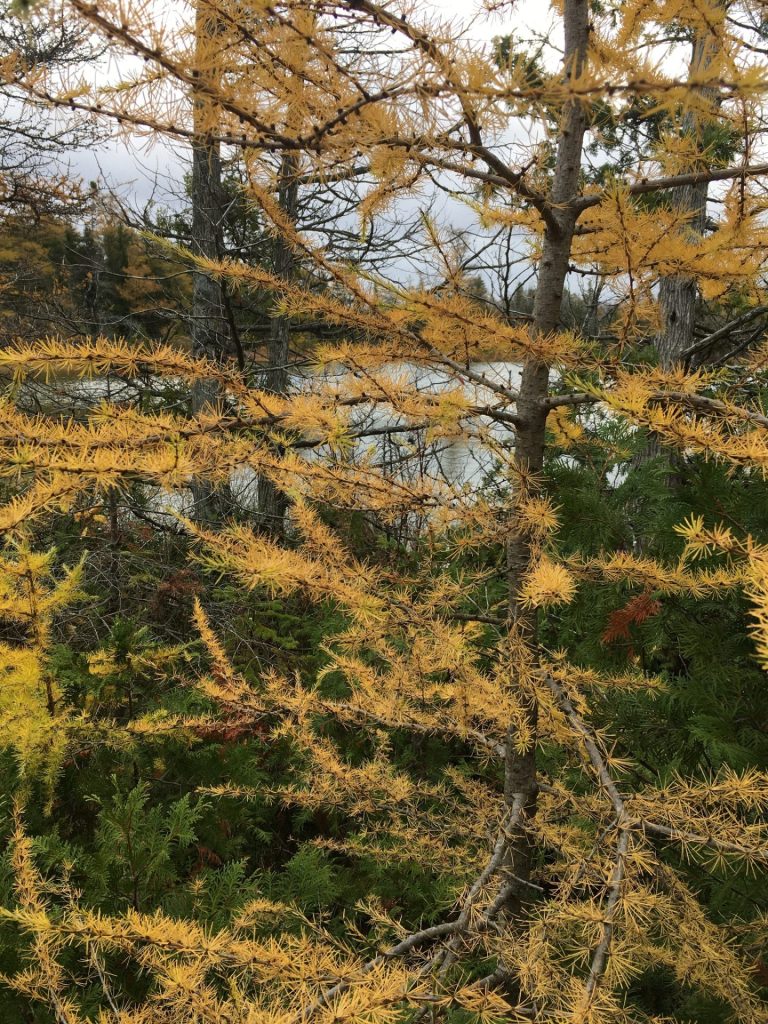Posts by admin
Tulip Tree
Deciduous tree reaching 20-30 m tall with a straight trunk and pyramidal to broad crown. Features unique, 4-lobed leaves and large, tulip-shaped flowers with greenish-yellow and orange markings in late spring. Prefers deep, rich, well-drained soils and full sun. Provides nectar for pollinators and seeds for wildlife. Suitable for large landscapes and shade trees. Native to eastern North America.
Read MoreSpicebush
Deciduous shrub reaching 2-4 m tall. Features oval aromatic leaves and small yellow flowers appearing before leaves in early spring. Female plants produce bright red berries. Prefers moist, rich woodland soils and partial shade. Spectacular golden-yellow fall color. Important wildlife plant and host for spicebush swallowtail butterfly. Suitable for woodland gardens and naturalized areas. Native to eastern North America.
Read MoreCylindrical Blazingstar
Herbaceous perennial growing 30-60 cm tall. Features narrow, grass-like leaves and spikes of rosy-purple, tufted flowers blooming from top to bottom in mid to late summer. Prefers well-drained, rocky or sandy soils and full sun. Drought-tolerant once established. Attracts butterflies and native bees. Suitable for rock gardens, prairie gardens, and hot, dry sites. Native to central United States and Ontario.
Read MoreRough Blazingstar
Herbaceous perennial reaching 60-120 cm tall. Features grass-like leaves and spikes of purple, tufted flowers blooming from top to bottom in late summer to fall. Prefers well-drained, sandy soils and full sun. Drought-tolerant once established. Attracts butterflies and supports native bees. Deep taproot makes it difficult to transplant. Suitable for prairie gardens, meadows, and sunny borders. Native to central and eastern United States.
Read MoreTamarack
Deciduous conifer reaching 15-25 m tall. Features soft, needle-like leaves in clusters, turning golden before dropping in fall. Produces small, upright cones. Prefers moist to wet, acidic soils and full sun. Tolerates poor drainage and cold temperatures. Provides food and habitat for wildlife, particularly in boreal regions. Suitable for wetland restorations and as a unique specimen tree in large landscapes. Native to northern North America.
Read MoreEastern Red Cedar
Evergreen tree growing 9-20 m tall with a pyramidal to columnar form. Features scale-like leaves and produces small, blue, berry-like cones. Adaptable to various soil conditions and full sun. Extremely drought-tolerant. Provides year-round cover and food for wildlife. Wood is aromatic and rot-resistant. Suitable for windbreaks, erosion control, and as a native evergreen in challenging sites. Native to eastern and central North America.
Read MoreButternut
Deciduous tree reaching 15-25 m tall. Features compound leaves and produces edible nuts enclosed in sticky, elongated husks. Prefers rich, moist, well-drained soils and full sun. Provides food for wildlife. Historically valued for its wood and medicinally. Currently threatened by butternut canker disease. Suitable for large landscapes and reforestation projects where disease is not prevalent. Native to eastern North America.
Read MoreHarlequin Blueflag
Herbaceous perennial growing 60-90 cm tall. Features sword-like leaves and showy blue-violet flowers with yellow and white markings, blooming in late spring to early summer. Prefers consistently moist to wet soils and full sun to partial shade. Rhizomes can help stabilize soil in wet areas. Attracts hummingbirds and other pollinators. Suitable for rain gardens, pond edges, and bog gardens. Native to eastern North America.
Read MoreWinterberry
Deciduous shrub reaching 2-4 m tall. Features elliptical, toothed leaves and inconspicuous white flowers in early summer, followed by bright red berries persisting into winter. Prefers acidic, moist to wet soils and full sun to partial shade. Dioecious, requiring both male and female plants for berry production. Provides winter food for birds. Suitable for rain gardens, wetland margins, and winter interest in landscapes.
Read MoreKalm’s St. John’s-wort
Compact evergreen shrub reaching 60-90 cm tall with narrow blue-green leaves and bright yellow flowers blooming July-September. Prefers well-drained, sandy or rocky soils and full sun. Drought-tolerant once established. Excellent for rocky slopes, dunes, and dry gardens. Native to Great Lakes shorelines. Provides winter interest and supports pollinators.
Read More






